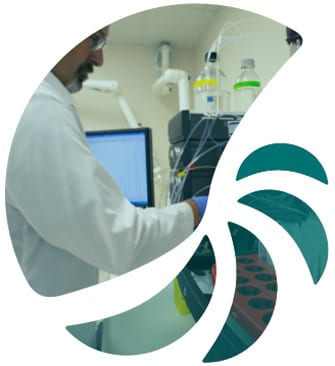BST Lesions:
To enhance visualization of vlBST injection sites and to reveal the central distribution of neurons projecting to those sites, a subset of rats used in Experiment 1 (described below) received vlBST microinjections of DSAP (n=2) or vehicle (n=2) mixed in a cocktail with a retrograde neural tracer, cholera toxin subunit (CTB, 0.15%, List Biological Laboratories, Inc. Campbell, California). CTB in the injectate did not interfere with DSAP lesion efficacy…
Behavioral testing on the EPMZ:
… In Experiment 1, maze-nave rats was tested only once in the EPMZ, two weeks after surgery (n=22 DSAP, n=15 sham), to assess maze behavior after either i.p. saline or YO. Two rats within each surgical lesion group were those that received co-microinjection of CTB together with DSAP or saline vehicle into the vlBST, as described above (BST lesions). …
Perfusion And Immunohistochemistry:
A second set of tissue sections from rats that received vlBST microinjections of CTB+DSAP or CTB+vehicle was processed for dual immunofluorescence to localize CTB (using goat anti-CTB, 1:5000, List Biological Laboratories) and mouse anti-DbH (1:5000), in order to simultaneously visualize vlBST injection sites, non-lesioned retrogradely labeled neurons projecting to those sites, and DbH-positive neurons and fibers. CTB immunofluorescence was visualized using CY3-conjugated AffiniPure donkey…
• Product #104 – Cholera Toxin B Subunit (Choleragenoid) from Vibrio cholerae in Low Salt
• Product #703 – Anti-Cholera Toxin B Subunit (Goat)



